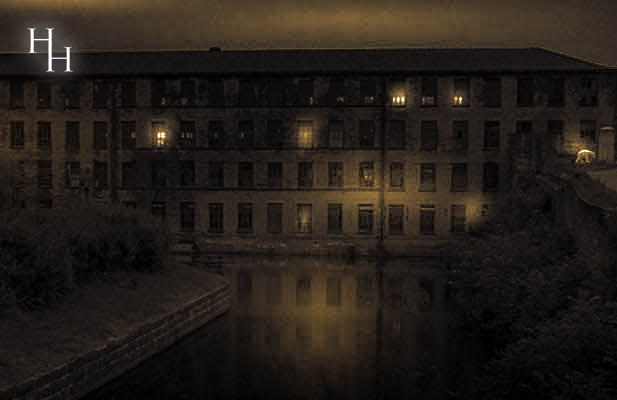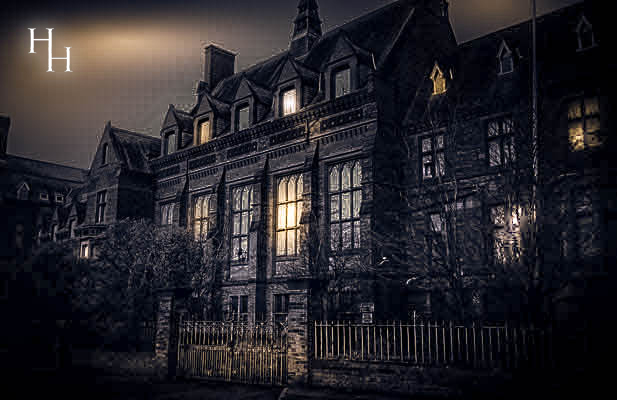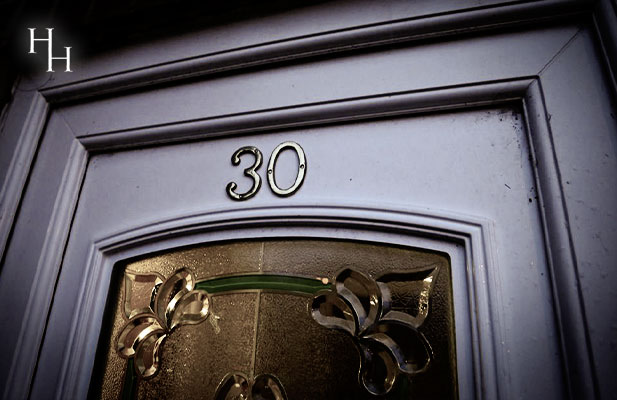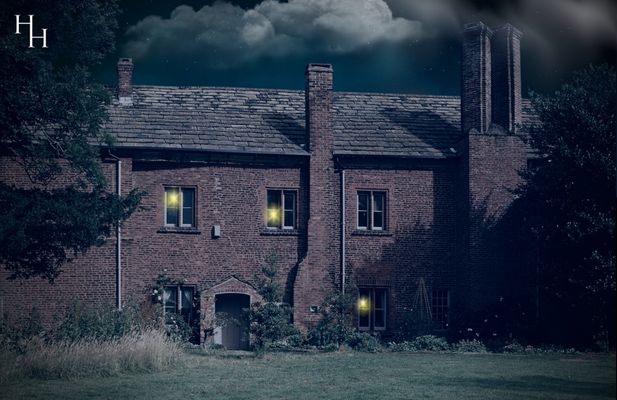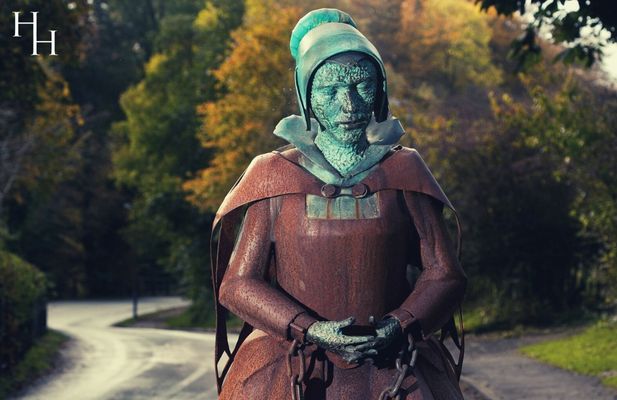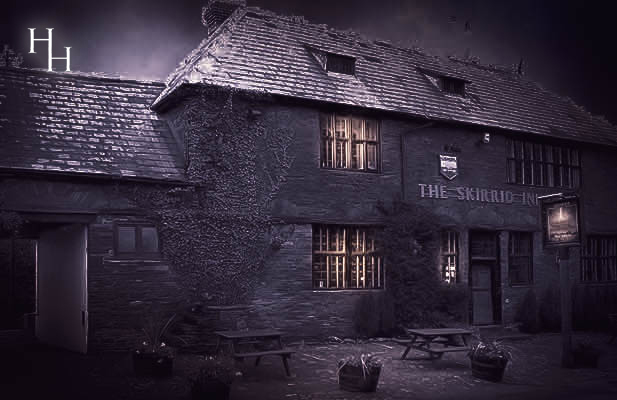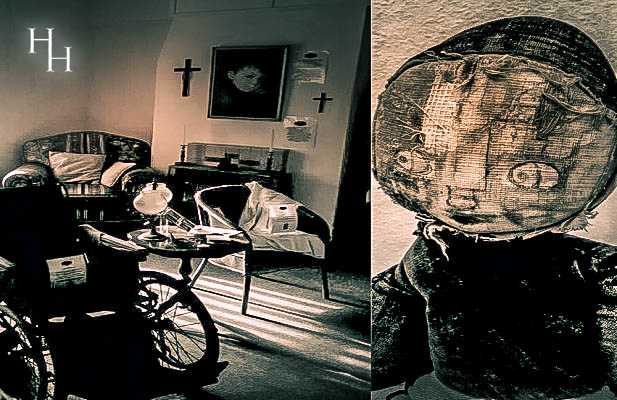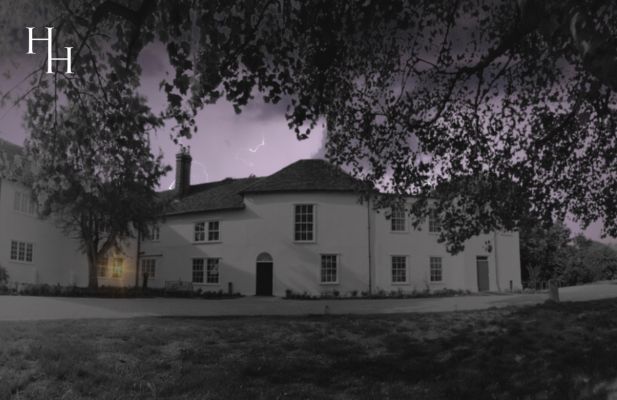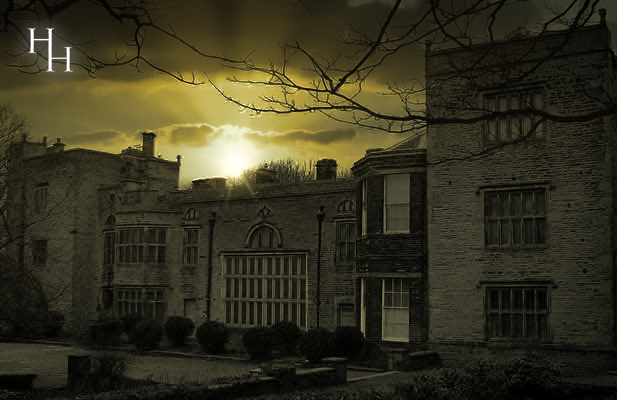Your Ghost Hunt at Armley Mills
Armley Mills once part of the Yorkshires thriving industry, now preserved in the memory of the hundreds of men, women and children who worked in terrible conditions for the wealthy mill owners. Armley Mills has been a hive of paranormal activity with many investigations being held here. A Ghost Hunt with Haunted Happenings can be a harrowing experience for those who dare to enter. Shadows are seen to hide behind the sleeping looms, almost afraid to move. Footsteps have been heard as if to follow people and objects have disappeared only to appear in another area of this vast location. Join the Haunted Happenings Team in Leeds for a night in the old mills of Armley.
Ghosts of Armley Mills
Armley Mills in Leeds has a haunting reputation dating back many years on previous overnight ghost hunts here we have witnessed the slamming of doors, heavy footsteps are heard to approach but no one ever appears. Down in the oldest part of the mill an imposing figure of what can be described as a Victorian Gentleman has been seen accompanied by the strong smell of burning, maybe an echo from the past as this part of the Mill saw many deaths caused by a fire in the old corn mill. Once the largest woollen mill in the world, these vast mills at Armley once employed children as young as six in cruel harsh conditions at the height of the cotton boom, these young children are thought to tug on clothing and throw items in an attempt to gain attention.
History of Armley Mills
The earliest record of Armley Mills dates from the sixteenth century when local clothier Richard Booth leased 'Armley Mills' from Henry Saville. A document written in the early 1700's gives the first description of the mills. 'That Fulling Mill in Armley... containing two wheels and four stocks... also the water corn mill and all the fulling mills... containing one wheel and two stocks'. In the late 1700's Armley Mills was equipped with five waterwheels powering eighteen fulling stocks.
Fulling is one of the final processes in cloth production. It involves pounding the cloth with large hammers in pits filled with a mixture of water, urine and 'fullers earth', causing the fibres to mat together or 'felt'. The original fulling hammers are still in place in the Mill today. In the late 1700's Armley Mills was bought by Colonel Thomas Lloyd, a Leeds cloth merchant, who turned Armley into the world's largest woollen mill.
The earliest record of Armley Mills dates from the middle of the sixteenth century when local clothier Richard Booth leased 'Armley Millnes' from Henry Saville. A document of 1707 describes them as fulling mills. One contained two wheels and four fulling stocks, while another was used to grind corn mill and two fulling stocks'. The mills expanded and by 1788 were equipped with five waterwheels driving eighteen fulling stocks. Fulling was a necessary but dirty process where woven wool is felted. The bundles of cloth are hit repeatedly by large hammers, the fulling stocks, while soaked in water, urine and a clay known as Fuller's earth. The urine which is a source of ammonia was collected from neighbouring houses, who specially saved it for the purpose.
The mills were sold in 1788, ten years after the new canal opened. It was bought by Colonel Thomas Lloyd, a Leeds cloth merchant who expanded it to be the world's largest woollen mill, he leased the running of the mills to Israel and John Burrows, they built semi-detached houses for themselves on the far bank of the canal.
In 1804 to 1805 the mills were sold to Benjamin Gott but burnt down. The early mills were fire hazards, the fibres in the air igniting and setting fire to the flammable structure. Gott rebuilt the mill using fireproof principles: the mill structure survives and it is this structure that has achieved a grade II listing. Gott was the owner of several woollen mills. He died in 1840 and was succeeded by his sons John Gott and William Gott. They introduced a steam engine to supplement the water wheels in 1850 but it was in the 1860s that the waterwheels were phased out.
By 1907 part of mill had been let out to tenants in a room and power agreement. The woollen clothing manufacturers Bentley and Tempest took over the mill. The mill closed in 1971, a victim to the changing technology, loss of market and the prevailing economic conditions. It was sold to Leeds City Council who re-opened it as a museum of industry in 1982.
Your Event Includes
- Use of ghost hunting equipment including EMF Meters, K2 Meters etc.
- Experiments including glass divination, table tipping and Ouija Boards.
- Workshop and separate vigils for returning guests.
- Ghost hunting vigils and séances in small groups.
- Includes teas and coffees
- Free time to investigate alone
Address, Maps & Hotels
Address & Hotel Information
Armley Mills
Leeds Industrial Museum
Canal Road
Armley
Leeds
LS12 2QF
For Hotels near to
Armley Mills , please click here. opens in a new window
Parking
- Street Parking and Local Car Parks
Information
Accessibility
- This location is not suitable for wheelchair users
- People with mobility issues or walking difficulties please call the office before booking
Important
- All attendees must be 18 years or older
- All attendees must bring a torch
- Wear sensible shoes and warm layered clothing as the location may get cold at night




